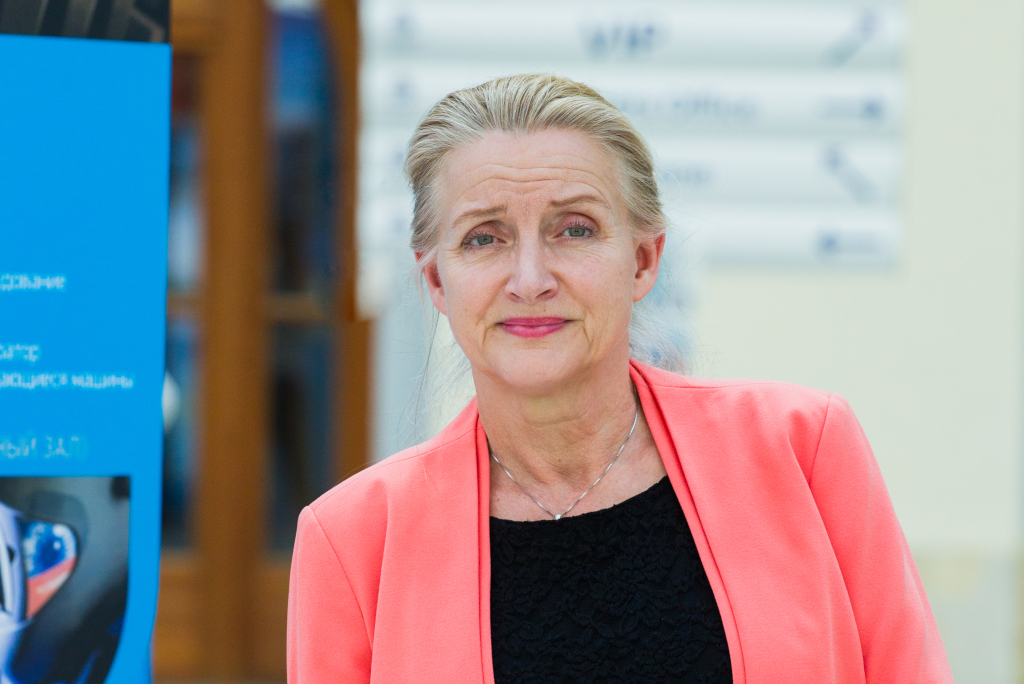
Looking to the Future
back to contentsThe pace of capacity additions required to meet the Harmony goal needs to accelerate in the next decade, eventually reaching an average of 33 GWe of new nuclear capacity added each year.
Action is needed in three key areas to allow nuclear generation to grow at its full potential. There needs to be a level playing field in energy markets, where nuclear energy is treated on equal opportunity with other low-carbon technologies and recognized for its value in a reliable, resilient low-carbon energy mix that optimizes existing low-carbon energy resources already in-place and drives investment in future clean energy Harmonized regulatory processes are required in order to provide a more internationally consistent, efficient and predictable nuclear licensing regime, to facilitate significant growth of nuclear capacity, without compromising safety and security.
And there needs to be an effective safety paradigm focusing on genuine public wellbeing, where the health, environmental and safety benefits of nuclear are better understood and valued when compared with other energy sources.
Governments are now renewing their recognition of the importance of nuclear energy in achieving a sustainable low carbon energy supply. The launch of the Nuclear Innovation: Clean Energy Future (NICE Future) initiative at the Clean Energy Ministerial in May 2018 put nuclear energy back on an even footing with other low-carbon solutions already discussed within the Clean Energy Ministerial process.
The NICE Future initiative will play a crucial role in multilateral dialogue and engagement of policymakers on the role of nuclear energy as part of a low-carbon mix contributing to sustainable development.
(Extracts from Agneta Rising’s Concluding Remarks)




